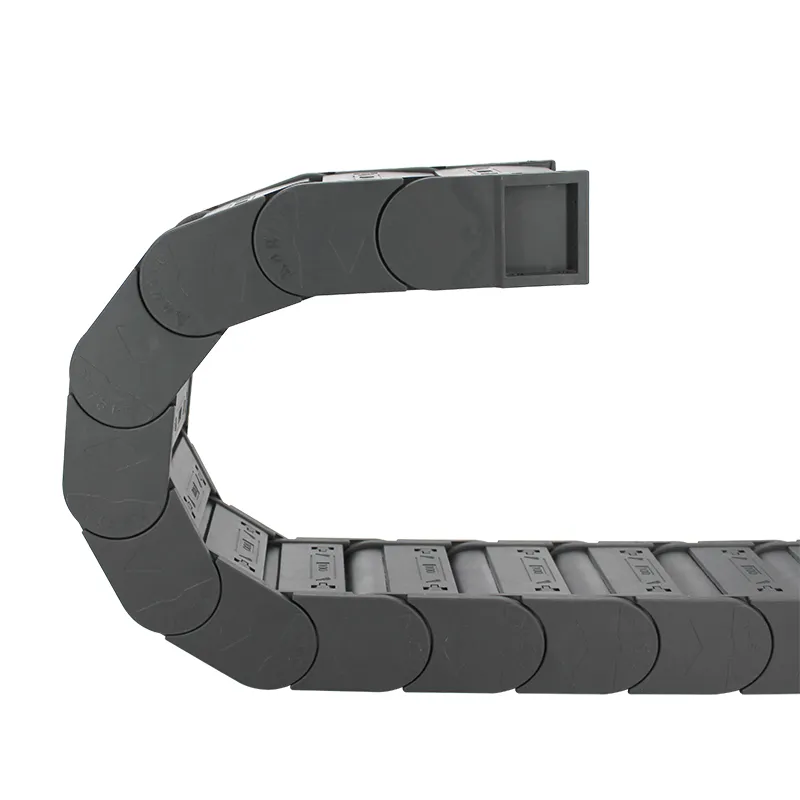Flexible Wire Loom Tubing for Protective Wire Conduit Solutions
Understanding Split Wire Loom Tubing An Essential Guide
In the world of electrical wiring and automotive applications, proper insulation and organization of wires are crucial for both safety and efficiency. One highly effective solution is split wire loom tubing, a versatile conduit that offers protection and organization for electrical wires. This article explores the features, benefits, applications, and best practices regarding split wire loom tubing.
What is Split Wire Loom Tubing?
Split wire loom tubing is a protective covering made from various materials such as polyethylene or PVC. Its distinguishing feature is the split along its length, allowing it to be easily wrapped around bundles of wires without the need to disconnect them. The design ensures that wires are not only protected from physical damage but also organized efficiently, reducing clutter in electrical installations.
Key Features of Split Wire Loom Tubing
1. Material Composition Most split wire loom tubing is made from durable materials that can withstand harsh environments. Polyethylene provides excellent flexibility and resistance to wear, while PVC offers good chemical resistance, making both materials ideal for different applications.
2. Variety of Sizes Split wire loom tubing comes in various diameters to accommodate different wire gauges. This range allows users to select the appropriate size for their specific wiring bundle needs, ensuring a snug fit.
3. Split Design The split design is one of the key benefits of this tubing. It allows for quick and easy installation around existing wires without the need to disconnect them. This feature is particularly advantageous in automotive and electronic repairs where time and ease of access are prioritized.
4. Environmental Resistance Many split wire loom products are resistant to abrasion, chemicals, and UV radiation, making them suitable for outdoor and industrial applications. This durability helps extend the life of the wiring beneath the loom.
Benefits of Using Split Wire Loom Tubing
1. Protection The primary purpose of using split wire loom tubing is to protect wires from physical damage. It shields the wires from abrasion, cuts, and environmental elements that could lead to shorts or electrical failures.
2. Organization By bundling wires together, split loom tubing offers a cleaner appearance and facilitates easier troubleshooting and maintenance. This organization minimizes the risk of tangling and accidental disconnection of wires.
3. Safety Properly insulated wires reduce the risk of electrical shocks and fire hazards. Split wire loom tubing helps to keep wires insulated and prevents unintended contact with conductive materials.
split wire loom tubing wire conduit

4. Cost-Effective Using split wire loom tubing can save money in the long run by preventing costly repairs caused by damaged wires. By protecting and organizing the wiring, the likelihood of needing replacement due to wear and tear decreases significantly.
Applications of Split Wire Loom Tubing
Split wire loom tubing finds application across various industries, including
- Automotive In vehicles, split wire loom tubing is extensively used to organize and protect the numerous wires throughout the engine compartment and interior.
- Industrial Machinery and equipment in industrial settings often use split loom tubing for wiring management, ensuring that wires remain protected and accessible.
- Home and Commercial In residential and commercial electrical installations, this tubing is used to group wiring for lighting, appliances, and technology, creating a tidy and safe environment.
Best Practices for Using Split Wire Loom Tubing
1. Correct Sizing Always choose the right diameter to ensure a snug fit around the wire bundle. Too loose a fit may not offer adequate protection, while a fit that is too tight can be difficult to install.
2. Cutting and Capping When cutting the loom to size, ensure the ends are sealed or capped to prevent fraying and to maintain the protective integrity.
3. Enhancing with Additional Insulation In particularly harsh environments, consider using additional insulation or protective wraps for extra security, especially at the points of connection or where abrasion is likely.
4. Periodical Inspection Regularly check the condition of the split loom tubing, particularly in high-usage or outdoor applications, to ensure it remains intact and effective at protecting the wires.
Conclusion
Split wire loom tubing is an invaluable tool for anyone working with electrical wiring. Its combination of protection, organization, and safety makes it a preferred choice across various applications, from automotive to industrial and residential uses. By following best practices in selection and application, users can ensure that their wiring systems are both reliable and efficient. Whether you are a professional electrician or a DIY enthusiast, incorporating split wire loom tubing into your projects can significantly enhance the quality and longevity of your electrical installations.








